What issues can commonly affect your horse and how can I help?
Horses can very often suffer from back pain, muscle, tendon, ligament/joint damage or lameness, here are some of the causes:
- Being ridden on deep/unlevel arena surfaces
- Jumping higher than their fitness level or ability
- Being worked hard without a fittening programme
- Hi-jinx in the field
- Working on uneven ground, can lead to slipping or straining of tendons or ligaments
- Carrying a rider, who may not always be entirely balanced
- Bucking,rearing or napping
- Ill-fitting saddlery
- Over-exertion through performance particulary if combined with inadequate fitness
- Joint problems/disease eg kissing spines, ring bone or bone spavin
- Bad shoeing or poor hoof conformation/balance
- Dentistry being neglected, uneven wear of teeth can impact on the entire musculoskeletal system
- Tying a horse up can often cause neck injuries, especially if the head collar doesn’t break in a panicked situation.
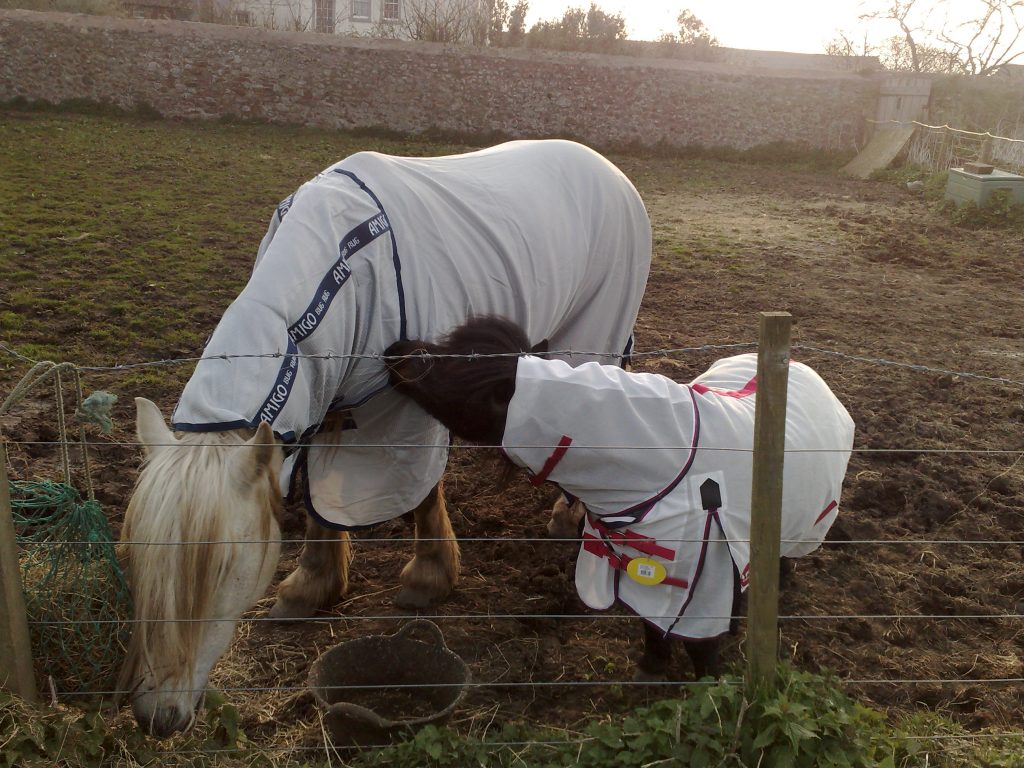
Such injuries/issues can display themselves as:
- Lameness
- Neck/ Shoulder/Back pain or stiffness
- Muscular or soft tissue pain/swelling
- Saddle sores or a major reaction when the saddle is brought into the stable or placed on the horses back.
- Bucking,rearing or napping
- Inability to gain correct canter leads
- Difficulty being loaded/unloaded
- Struggling to lie down/roll/stand back up
- Uneven stride length
- Lack of forward going
How can I help?
- Lamenesses are best to be diagnosed by your vet, once the precise cause is known a more specific treatment plan can be divised.
- Massage & stretching can help tight, spasmed, or damaged muscles.
- Phototherapy can help wounds, muscle spasms and be used on accupressure points.
- Therapeutic Ultrasound is useful for tendon or ligament damage where it aids healing by re-aligning collagen fibres and transforming collagen Type 3 (which forms at the repair stage) back to collagen Type 1.
- Pulsed Magnetic Field Therapy (PMFT) can be used to promote vasodilation and relaxation of muscle fibres in muscles spasms; swellings, nerve damage & fracture repair.
- Neuro Muscular Electrical Stimulation (NMES) is advantageous for areas of nerve damage and muscle hypotrophy (wastage).
- Prescribed exercise rehabilitation programme specific to your horse’s injuries, ability, fitness level & personality!
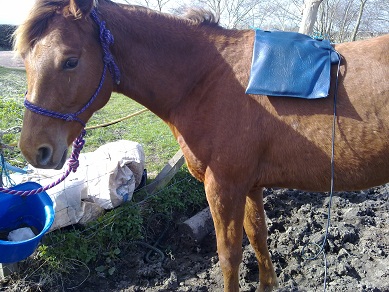
Cheyenne demonstrating that Pulsed Magnetic Field Therapy (PMFT) is not scary, even for a 2 yr old. 
Rainbo (Bo) after his treatment. 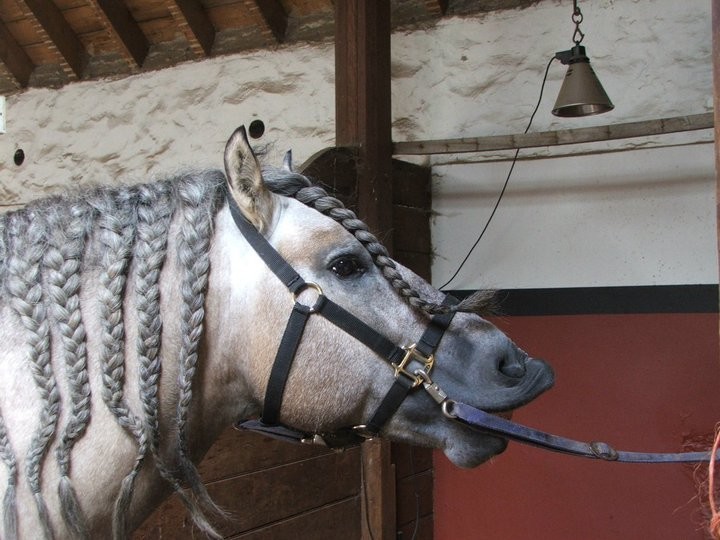
Noah of Meggernie, a Highland Pony stallion enjoying his treatment.
Common saddle ‘hot spots’
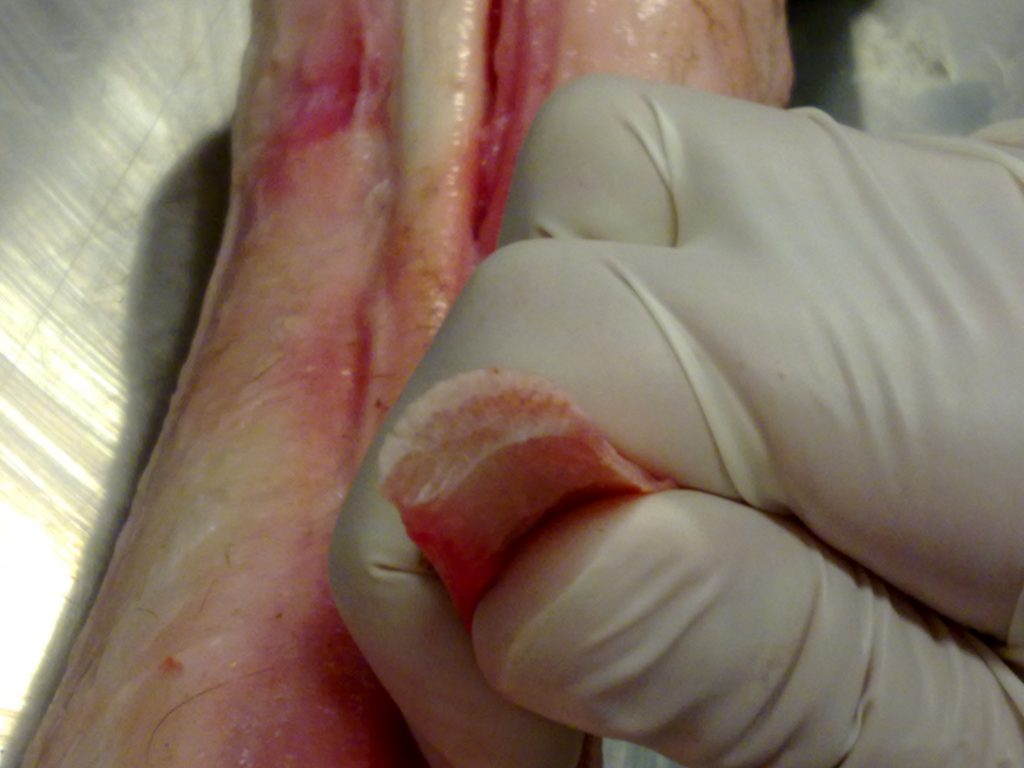
Equine Superficial Digital Flexor Tendon (SDFT) being dissected. 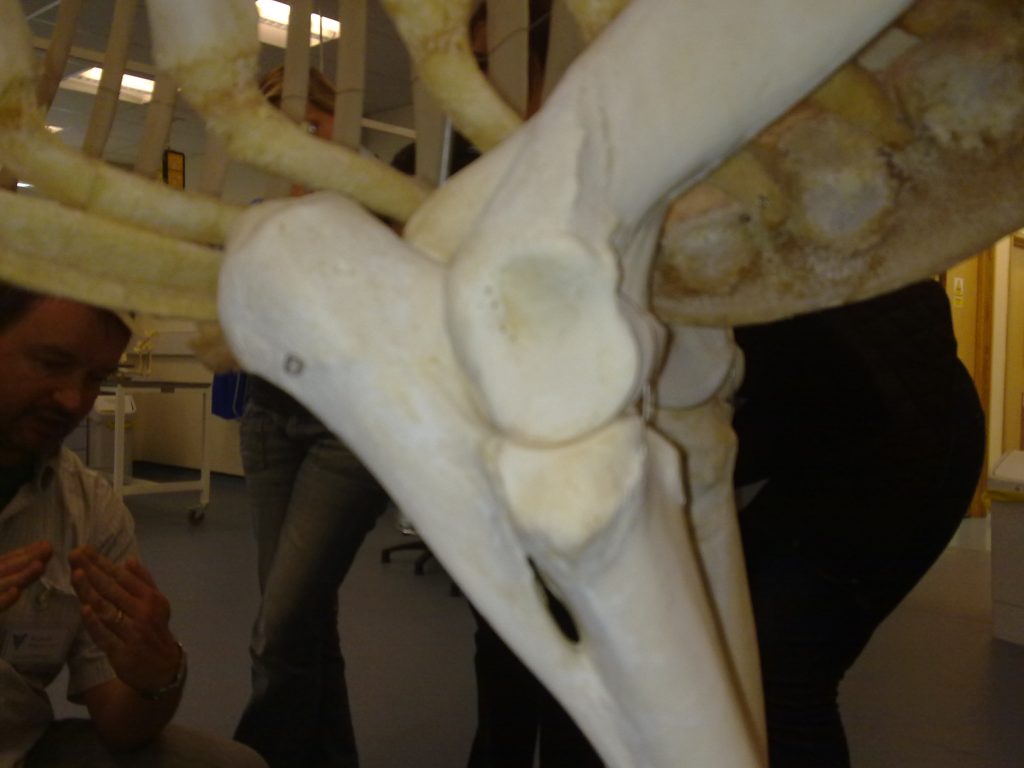
Equine Elbow joint, sternum and ribs. 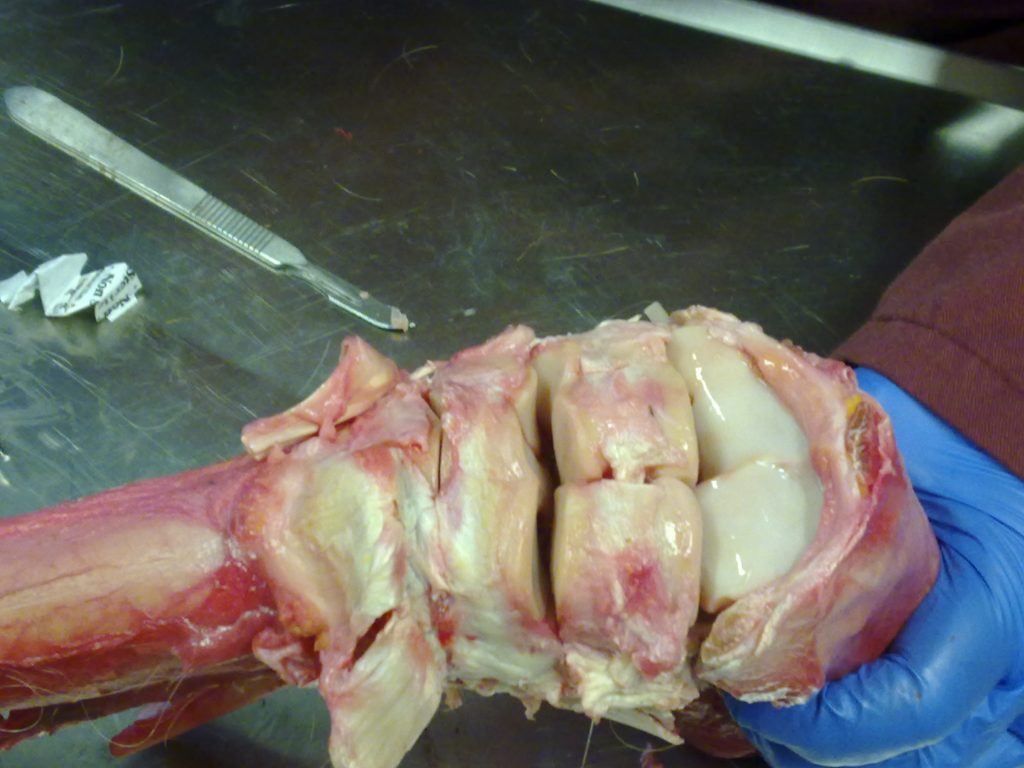
Equine Carpus (knee) showing both rows of carpal bones. 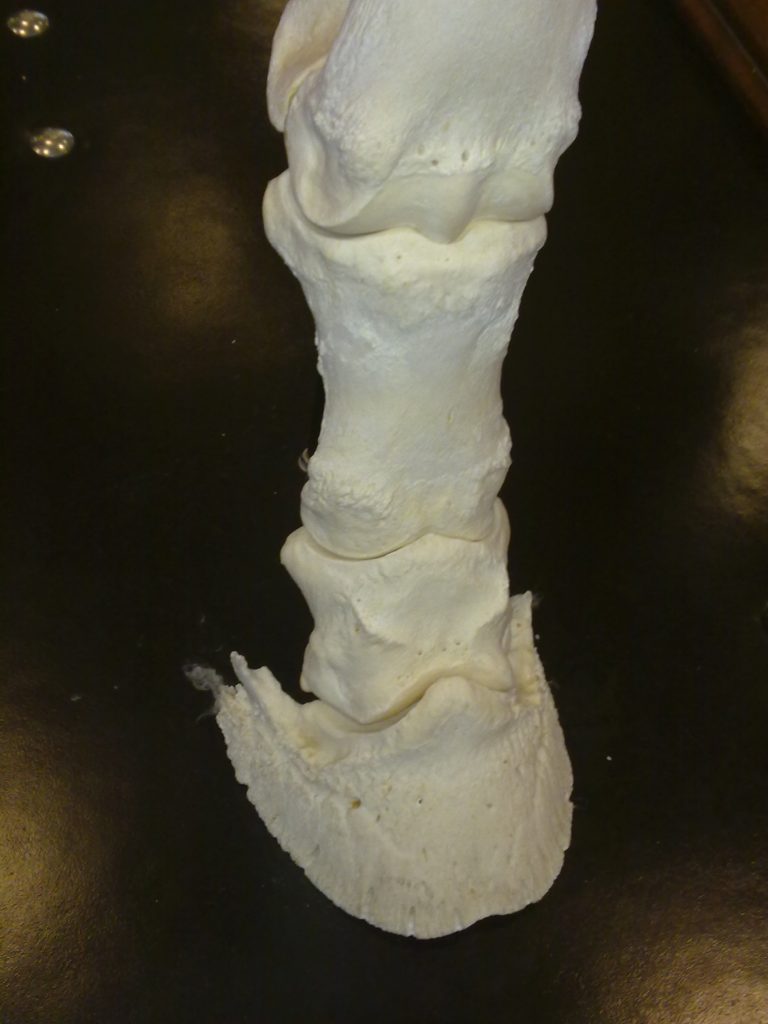
Equine lower limb (P1-3), fetlock joint, pastern & pedal bone.